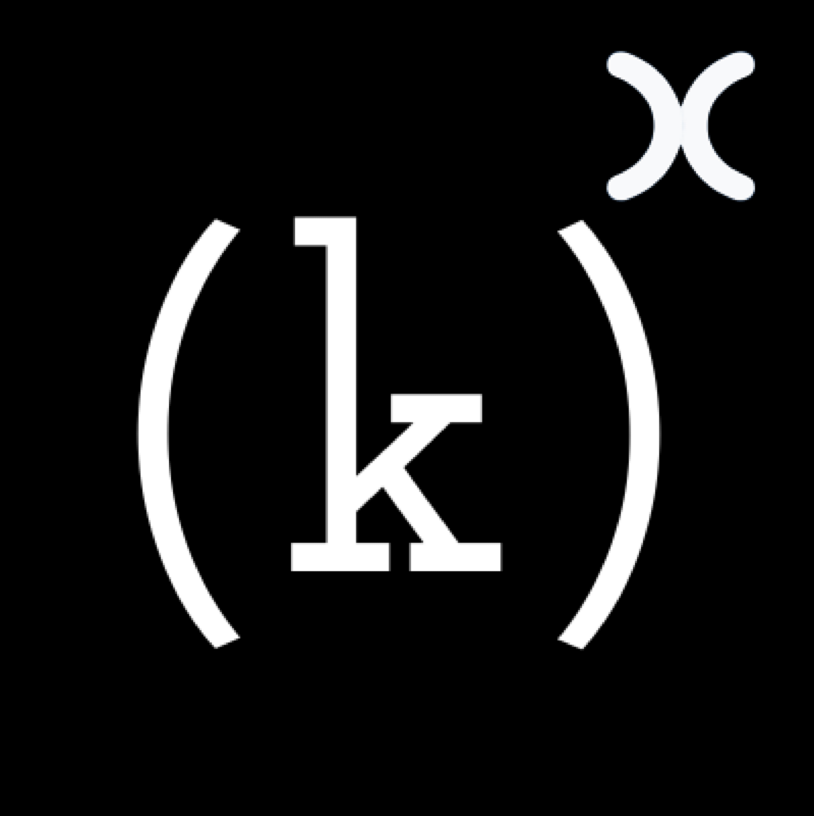Harmonic Patterns are advanced technical analysis tools that provide insight into potential market reversals by following natural mathematical relationships. These patterns, often derived from Fibonacci ratios, offer traders a reliable way to predict price movements by identifying precise entry and exit points. In this article, we’ll explore the most popular Harmonic Patterns, their unique equations, and how traders use them to anticipate market behavior.
What Are Harmonic Patterns?
Harmonic Patterns are geometric price structures that follow specific Fibonacci ratios to predict reversals and continuations in the market. Unlike basic chart patterns, Harmonic Patterns use strict Fibonacci measurements, making them highly accurate for experienced traders who understand how to apply these ratios.
Key Harmonic Patterns and Their Advanced Equations
- Gartley Pattern (Gartley 222)
- The Gartley Pattern is one of the foundational Harmonic Patterns and uses Fibonacci levels to mark five distinct points: X, A, B, C, and D.
- Gartley Equations:
- XA to AB retracement = 61.8%
- AB to BC retracement = 38.2% to 88.6%
- XA to CD retracement = 78.6%
- The Gartley pattern suggests that prices may reverse at point D, allowing traders to anticipate the end of a retracement and the start of a new trend.
- Bat Pattern
- The Bat Pattern is similar to the Gartley but has a slightly different retracement level, creating a more conservative entry point.
- Bat Equations:
- XA to AB retracement = 38.2% to 50%
- AB to BC retracement = 38.2% to 88.6%
- XA to CD retracement = 88.6%
- The Bat Pattern’s endpoint is usually deeper, often providing more reliable support or resistance at point D.
- Butterfly Pattern
- The Butterfly Pattern is unique in that its endpoint, D, extends beyond the starting point, X. This pattern often indicates a strong reversal.
- Butterfly Equations:
- XA to AB retracement = 78.6%
- AB to BC retracement = 38.2% to 88.6%
- XA to CD extension = 127.2% to 161.8%
- The Butterfly Pattern is useful for finding turning points in highly volatile markets, with D serving as a reliable reversal level.
- Crab Pattern
- Known for its deep retracements, the Crab Pattern is one of the most accurate Harmonic Patterns when it comes to predicting sharp reversals.
- Crab Equations:
- XA to AB retracement = 38.2% to 61.8%
- AB to BC retracement = 38.2% to 88.6%
- XA to CD extension = 161.8% to 224%
- The Crab Pattern’s unique extension levels offer a higher probability of a reversal, particularly when prices reach the 161.8% or 224% extension.
- Cypher Pattern
- The Cypher Pattern is one of the newest Harmonic Patterns, characterized by unique Fibonacci measurements that create a highly symmetrical structure.
- Cypher Equations:
- XA to AB retracement = 38.2% to 61.8%
- AB to BC extension = 127% to 141.4%
- XA to CD retracement = 78.6%
- Cypher patterns offer traders precise entry points, typically leading to significant moves once the pattern completes at point D.
Advanced Tips for Using Harmonic Patterns in Trading
- Multiple Time Frame Analysis: Applying Harmonic Patterns on various time frames allows traders to see broader trends while pinpointing entries on shorter time frames.
- Combining with Other Indicators: Harmonic Patterns become more powerful when used alongside momentum indicators, such as the RSI, to confirm that a pattern’s endpoint aligns with overbought or oversold conditions.
- Automated Tools: With the complexity of Harmonic Patterns, algorithmic trading tools that detect these patterns can be highly beneficial, especially in high-frequency trading setups.
- Pattern Validation: Make sure each point meets the exact Fibonacci retracement or extension requirements before trading, as minor deviations can change the pattern’s validity.
Example Calculations with Harmonic Patterns
Here’s how to calculate and identify a Gartley Pattern on a bullish trend:
- Start from a high point (X) and find a retracement down to a low (A).
- Apply Fibonacci to see if the AB leg retraces approximately 61.8% of XA.
- Check that BC retraces between 38.2% and 88.6% of AB.
- The final leg, CD, should align with the 78.6% retracement of XA.
- If all conditions are met, point D becomes the reversal point, suggesting an upward trend.
The Power of Harmonic Patterns
Harmonic Patterns offer an advanced, disciplined approach to market analysis that goes beyond simple chart patterns. By incorporating specific Fibonacci measurements, these patterns help traders spot potential reversals and profit from natural market rhythms. Whether you’re using the Gartley, Bat, Butterfly, Crab, or Cypher Pattern, understanding these harmonic structures can add precision to your trading strategy, enabling you to anticipate market moves with confidence.

